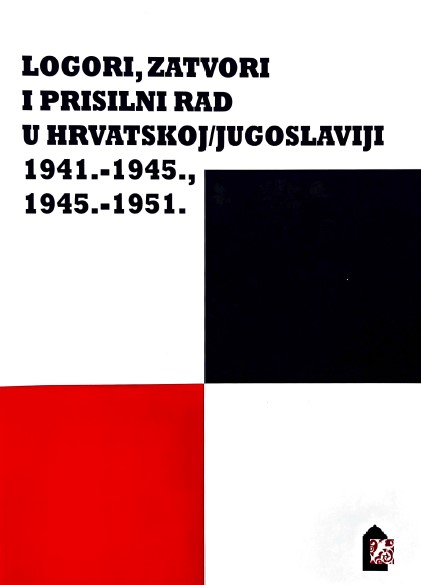Prinudni rad u Srbiji u Drugom svetskom ratu
Forced Labour in Serbia in the Second World War
Author(s): Dragan Aleksić
Subject(s): Military history, Government/Political systems, Studies in violence and power, Victimology, WW II and following years (1940 - 1949), Fascism, Nazism and WW II, Penal Policy
Published by: Hrvatski institut za povijest
Keywords: forced labour; economic exploitation; Second World War; Serbia;
Summary/Abstract: One of the most acute problems of the war economy in National Socialist Germany was a lack of labour in industry and agriculture. Though Nazi planners through a series of legal measures paid close attention to a solution to this matter even prior to the outbreak of the war, it was reopened following the failure of the Wehrmacht on the Eastern Front. Taking workers out of factories and fields opened the question of labour supply in these areas vital to the war economy. Shortages in labour supply could only be made up by forced recruitment from occupied countries. Serbia was not an exception to this rule in occupied Europe. To achieve a more effective exploitation of labour supply, the Nazis introduced their own labour laws into occupied territory to drive production. Since they lacked adequate numbers of personnel in their occupation apparatus, they engaged the domestic administration to achieve the desired objectives. The population of Serbia was subjected to all the forms of forced labour which the Nazis applied to other occupied territories, from new labour laws to outright slave labour. The largest portion of forced labourers worked for German needs on the territory of Serbia itself, while the number of workers in Germany never exceeded 30,000-35,000 at one time. This represented less than half the number of workers that the occupation authorities planned to send to work outside of Serbia.
Book: Logori, zatvori i prisilni rad u Hrvatskoj/Jugoslaviji 1941.-1945., 1945.-1951.
- Page Range: 133-150
- Page Count: 18
- Publication Year: 2010
- Language: Serbian
- Content File-PDF

